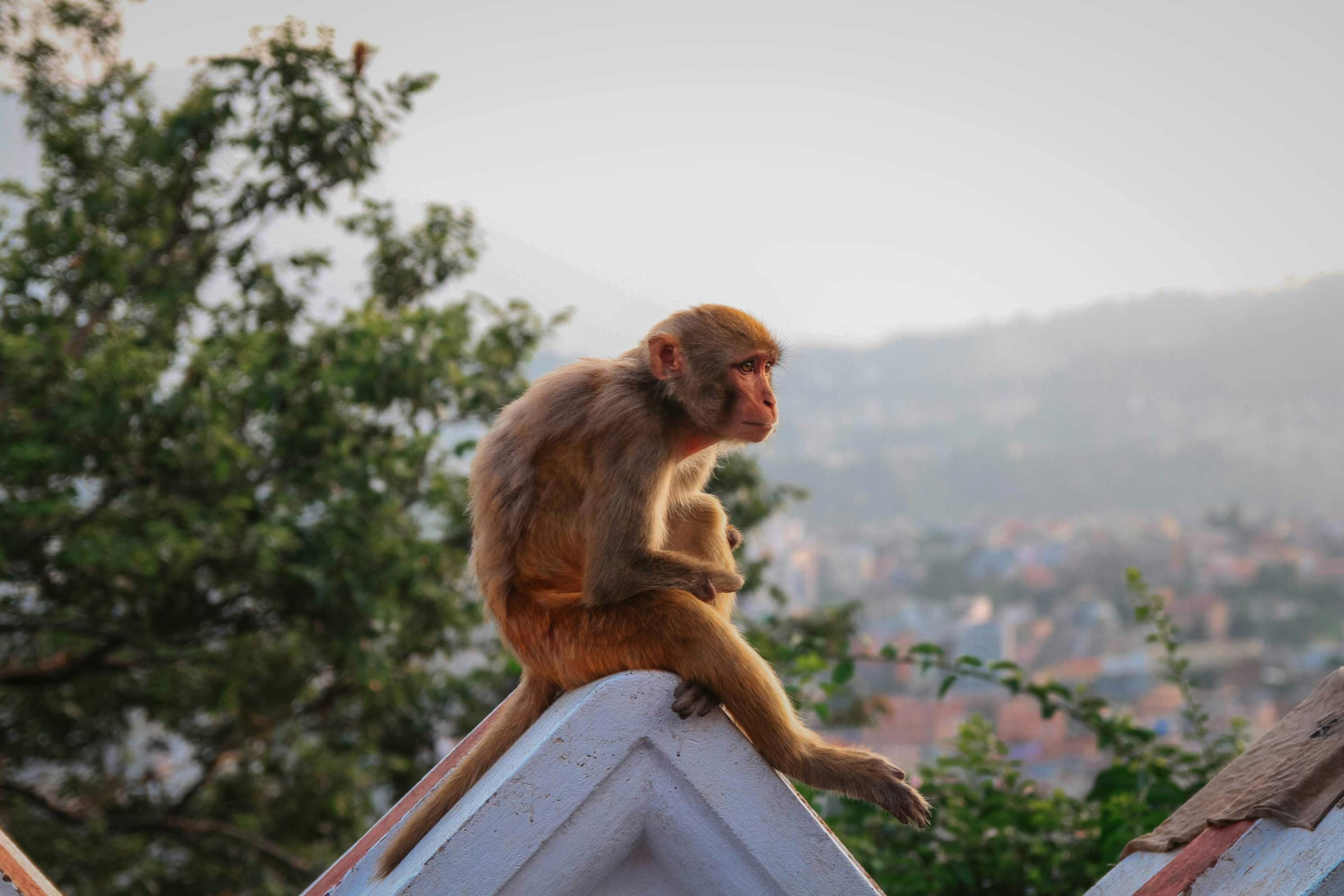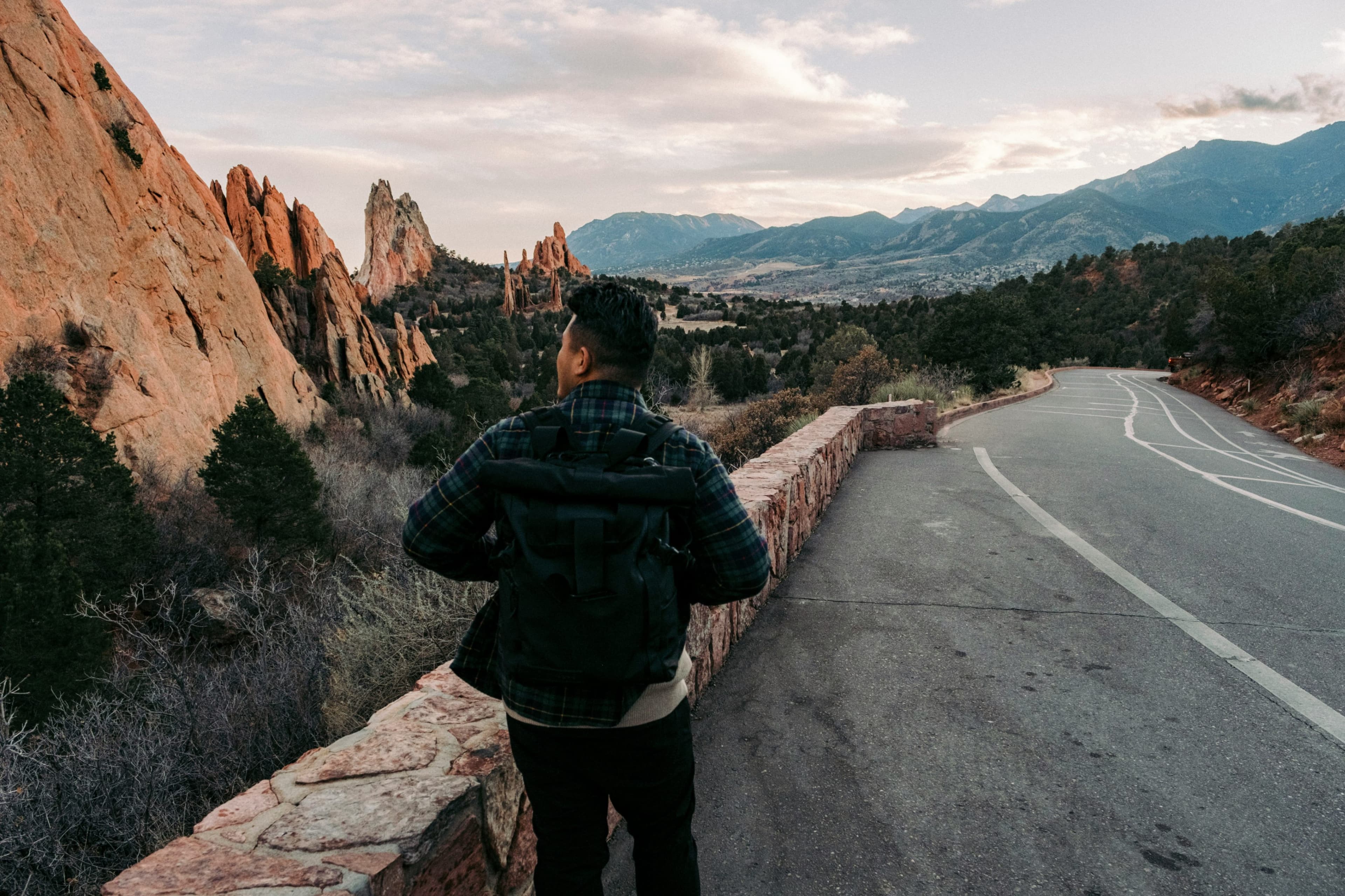
Elephants on the Move Again: A Success Story in Community-Led Conservation
In landscapes increasingly divided by roads, fences, and expanding human development, elephants are losing access to ancient migratory routes once essential for survival. Yet in many parts of Africa and Asia, a promising countertrend is emerging: community-led conservation offering the giants new pathways to move more freely and coexist with people.
These efforts reflect a growing understanding that conserving wildlife corridors is not only vital for elephants but also for the people who live alongside them. When migration routes are protected through locally-driven solutions, both biodiversity and human livelihoods stand to benefit.
The Crisis of Fragmented Routes
Today, roads, rail lines, farms, and urban expansion crisscross landscapes that elephants once traversed unimpeded. Fences and infrastructure often block or divert historic corridors, making seasonal migrations dangerous or impossible. The consequences are serious: elephants may be trapped in suboptimal habitats, forced into conflict with humans as they search for water or food, or even perish trying to cross dangerous terrain1.
Researchers studying elephant movements have documented “elephant highways” - longstanding routes elephants use to reach seasonal resources. However, the fragmentation of habitat undermines these patterns, threatening the health of herds and the ecosystems they support1. Without access to these corridors, elephants cannot fulfill their ecological role, and their survival is put further at risk.
Community Conservation: Restoring Passageways, Rebuilding Trust
In response to these challenges, various communities, NGOs, and governments are collaborating on conservation approaches that re-open or protect migration corridors - and crucially, are designed with local people’s input. These efforts emphasize coexistence, recognizing that for conservation to succeed, it must align with the needs and aspirations of those who share the land with elephants.
One high-profile example is The Great Elephant Migration, a public art and advocacy campaign. While its “migration” consists of life-sized elephant sculptures traveling across the U.S., the project supports grassroots conservation and Indigenous-led coexistence initiatives in elephant range countries. Each sculpture is “twinned” with a conservation NGO, and proceeds from the art tour help fund field-level work2.
In Kenya, community sanctuaries like Mwaluganje Elephant Sanctuary help bridge habitat between forests and protected parks. Mwaluganje is community-owned, formed in partnership with local landowners and conservation groups to protect a migratory corridor in Kwale County3. These types of locally supported sanctuaries are vital models for corridor preservation.
Key Strategies for Success
Land-Use Planning and Corridor Protection
Identifying critical paths for migration and legally safeguarding them from development or disruptive fencing is foundational. Without formal recognition and protection of these corridors, conservation efforts
Read-Only
$3.99/month
- ✓ Unlimited article access
- ✓ Profile setup & commenting
- ✓ Newsletter
Essential
$6.99/month
- ✓ All Read-Only features
- ✓ Connect with subscribers
- ✓ Private messaging
- ✓ Access to CityGov AI
- ✓ 5 submissions, 2 publications
Premium
$9.99/month
- ✓ All Essential features
- 3 publications
- ✓ Library function access
- ✓ Spotlight feature
- ✓ Expert verification
- ✓ Early access to new features
More from Wildlife Conservation
Explore related articles on similar topics



